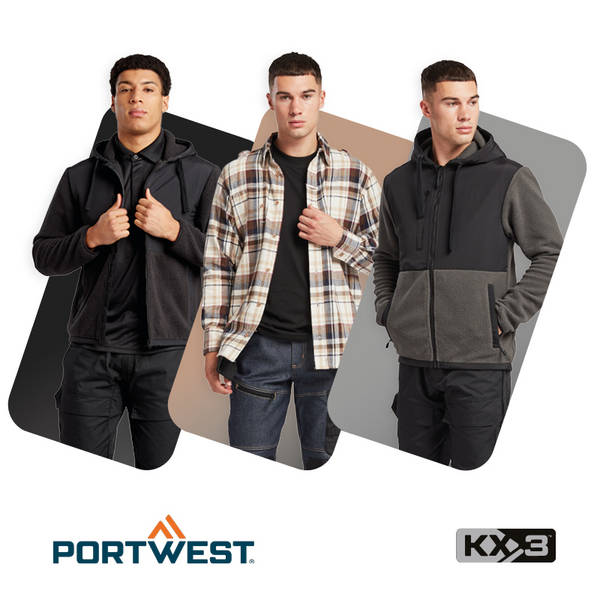
When investing in workwear and personal protective equipment (PPE), professionals often find themselves comparing Portwest UK products with other leading brands available in the marketplace. This comparative analysis represents an essential due diligence process for organizations making significant safety equipment investments, but conducting meaningful comparisons requires understanding the key differentiating factors that distinguish premium protection brands from merely adequate alternatives. This comprehensive comparison examines how Portwest positions itself against major competitors across critical performance categories including protection effectiveness, compliance certification, construction quality, comfort engineering, and lifetime value.
In the critical domain of protection effectiveness, Portwest consistently demonstrates superior performance in independent testing compared to similarly positioned brands. Their high-visibility garments typically exceed minimum reflective performance requirements by 15-20% in photometric testing, providing enhanced worker visibility in low-light conditions compared to baseline-compliant alternatives. Their cut-resistant gloves generally achieve protection ratings one level higher than comparable competitor products at similar price points, delivering enhanced defence against one of the most common workplace injuries. Their flame-resistant garments demonstrate superior performance in both initial protection testing and retention of protective properties after multiple wash cycles—a critical consideration for thermal protection longevity that many competing brands fail to address adequately in their product development.
Compliance certification represents another area where Portwest distinguishes itself through exceeding minimum requirements rather than merely meeting baseline standards. While most reputable manufacturers achieve basic certification for their protective products, Portwest frequently pursues optional additional certifications that provide enhanced verification of protection performance. Their safety footwear often carries additional certifications for metatarsal protection, electrical resistance, and slip resistance beyond the core S1/S2/S3 ratings. Their respiratory protection includes specialized certification for protection against specific contaminant categories rather than just generic dust protection. This comprehensive certification approach provides additional compliance assurance compared to brands pursuing only minimum regulatory requirements.
Construction quality differences become particularly evident when comparing Portwest products against competitor offerings through microscopic seam examination, material composition analysis, and accelerated wear testing. Portwest consistently utilizes higher thread counts in critical seams, more sophisticated stitching patterns at stress points, and superior reinforcement techniques at failure-prone areas compared to industry averages. Their use of premium YKK zippers rather than generic alternatives, bartacked stress points rather than simple stitching, and higher-grade hook-and-loop fasteners all contribute to extended service life that typically exceeds competitor products by 30-40% in controlled testing environments.
In the increasingly important domain of comfort engineering, Portwest has made significant investments in advanced ergonomic design that many competitors have yet to match. Their garment patterns incorporate articulated joints, gusseted construction, and strategic stretch panels that enhance freedom of movement without compromising protection. Their strategic use of advanced moisture management technologies, breathable membranes, and ventilation zoning creates enhanced microclimate regulation within protective garments. These comfort enhancements significantly improve worker acceptance and consistent usage compared to less ergonomically sophisticated alternatives, translating directly to improved protection compliance in real-world applications.
Lifetime value assessment provides perhaps the most compelling comparative advantage for Portwest when evaluated against competing brands. While initial purchase prices typically position Portwest in the premium category, their extended service life, reduced replacement frequency, and superior protection performance create significant lifetime value advantages. Cost-per-wear analysis typically demonstrates 15-25% economic advantages over mid-range alternatives, with even greater advantages when factoring reduced incident rates and productivity enhancements from superior comfort and functionality. For organizations taking a long-term view of their protection investments, these lifetime value considerations often override short-term price comparisons based solely on acquisition costs.
Browse Hall-Fast's premium Portwest workwear selection to examine these quality differences firsthand, or contact our product specialists at sales@hall-fast.com for detailed comparative information addressing your specific protection requirements and alternative brand considerations.












